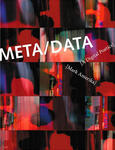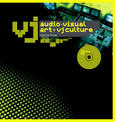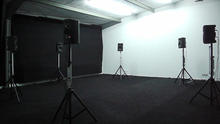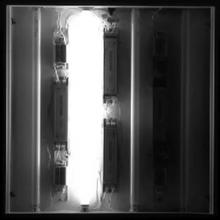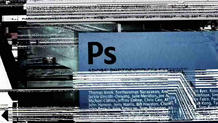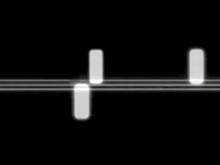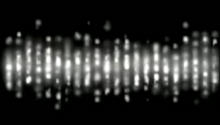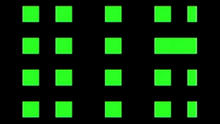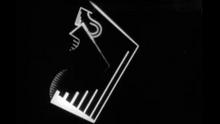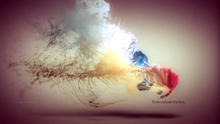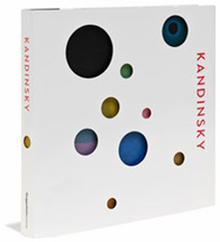Karl Kliem
(*1969) is a German designer. He has designed the most diverse projects in the fields of multi-media, web design, and TV design, as well as music and audio production for films and interactive installations.

Karl Kliem studied at the well-known Hochschule für Gestaltung (University of Art and Design) in Offenbach. He is a founding member of Involving-Systems (1994) and MESO (1997). He is developing realtime audio and video systems. Diverse works in the area of multimedia, webdesign, TV-design, music- and soundproduction for films and interactive installations. He is also a member of the label Dienststelle.
Since 2007 he has a lectureship at the Hochschule für Gestaltung in Offenbach within the faculty of Electronic Media.
Source: Dienststelle
